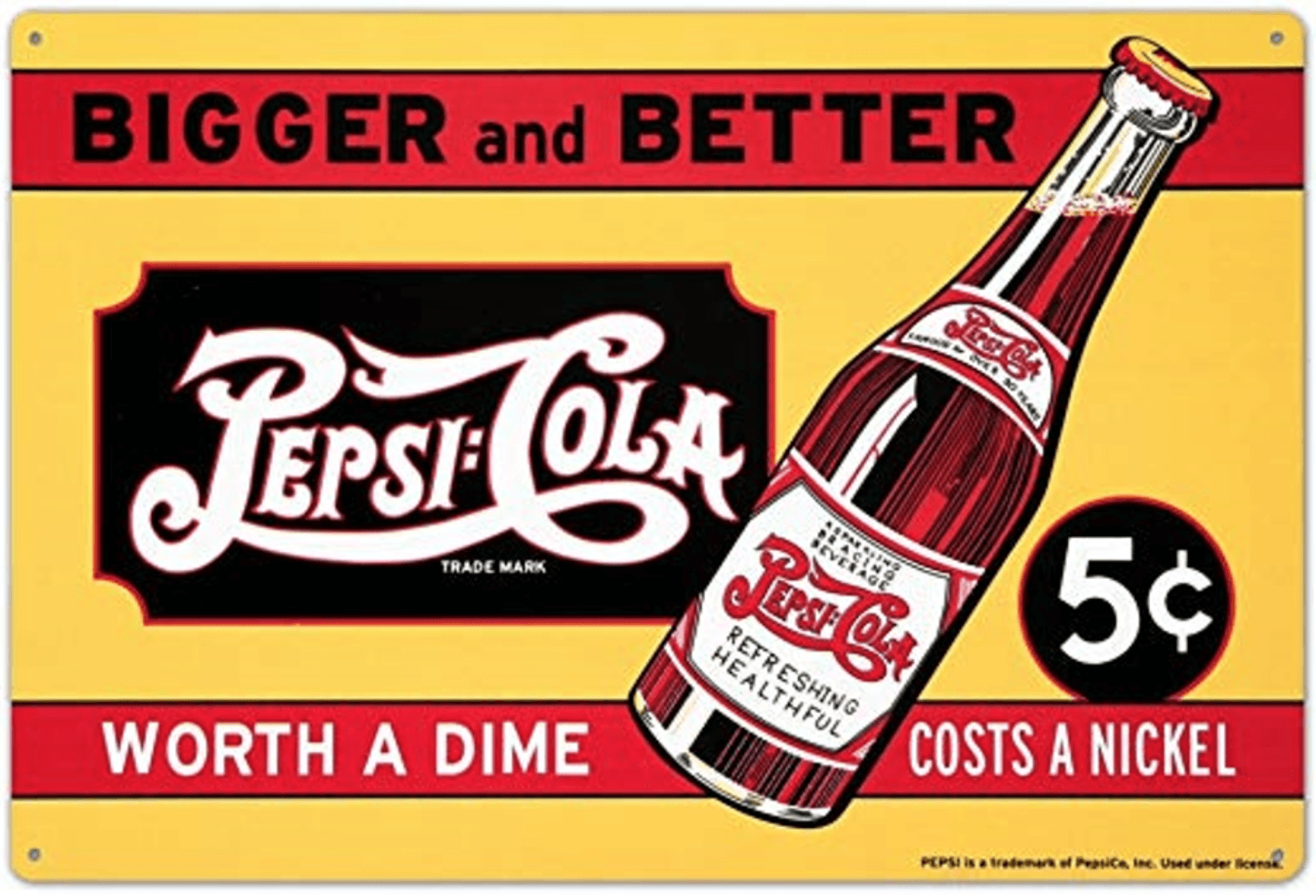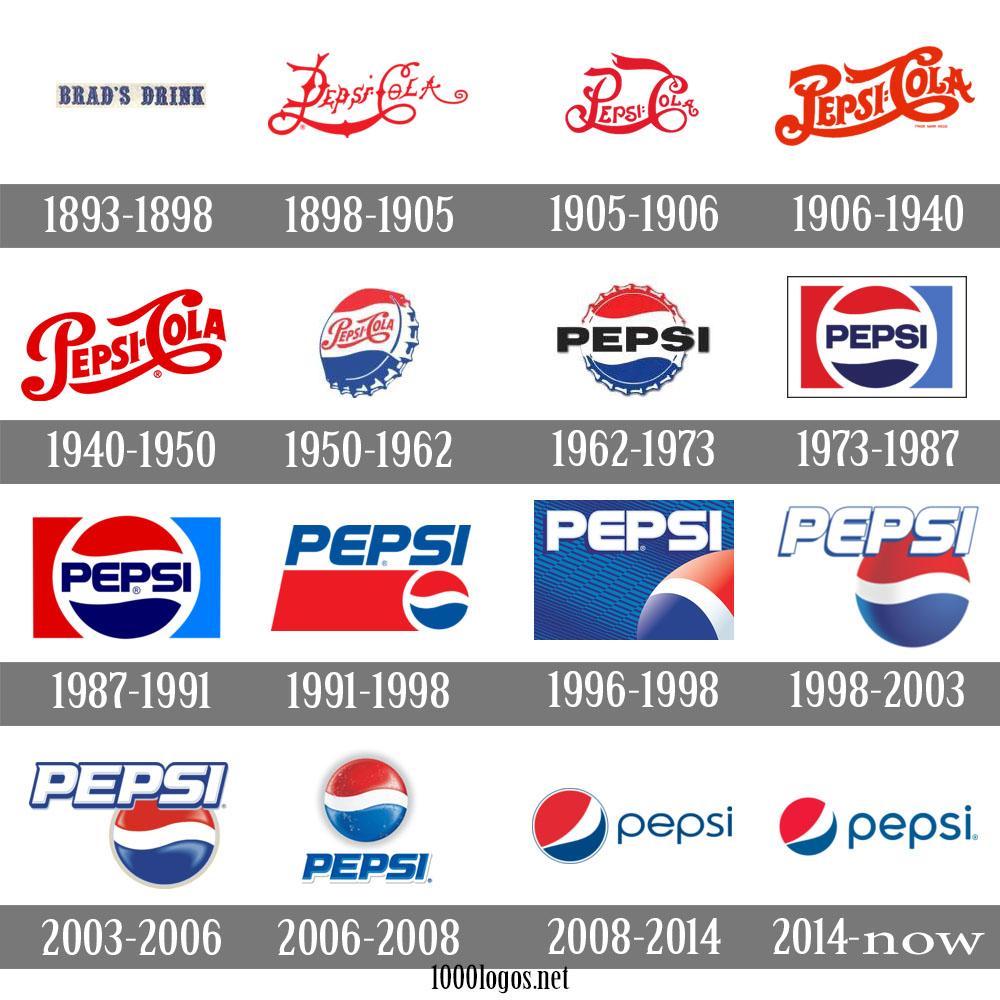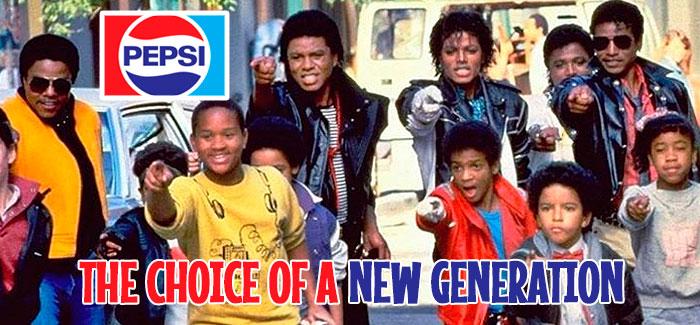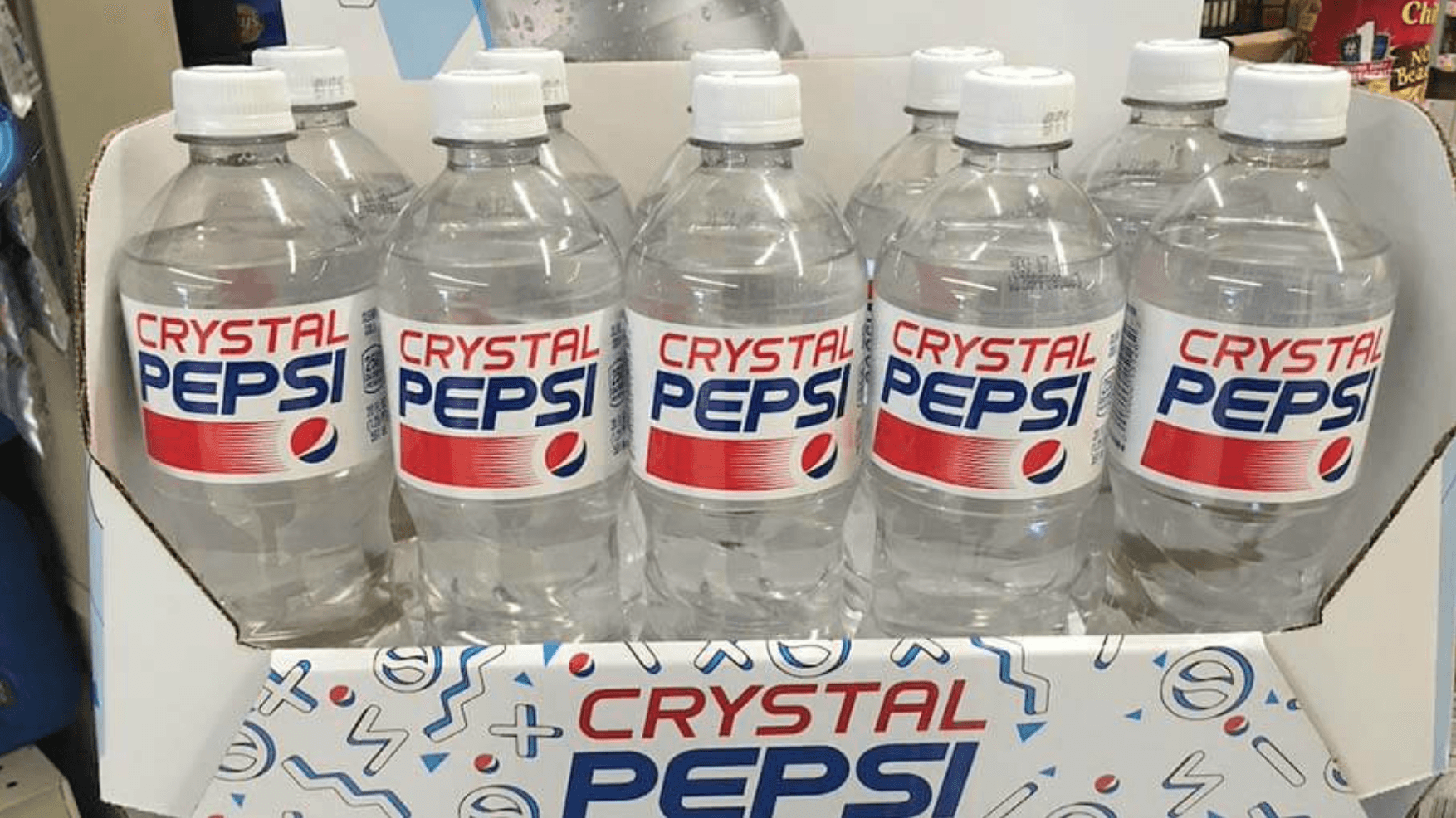Imagine a healthy soda that aids in digestion and energizes you throughout the day. Though Pepsi’s marketing strategy might not include this image anymore, it once did.
Like all good things, Pepsi’s marketing strategy has since evolved to ensure the soda stays relevant. In this case study, you’ll learn the history behind PepsiCo and the resilience behind the company.
You’ll also learn more about the successes and failures of Pepsi’s marketing strategy. Even better, you’ll be able to see how smart marketers like yourself can adopt Pepsi’s tricks into your strategy.
A History
The formula for Pepsi was created back in 1893 by Caleb Davis Bradham in New Bern, North Carolina. The pharmacist coined this cola “Brad’s Drink” and eventually quit his practice to focus on his new business.
Unfortunately, the business went bankrupt in 1923 due to sugar shortages. A group of creditors took the drink patent until Roy Megargel bought them out.
Megargel continued working until the company went bankrupt again, this time due to the Great Depression. Charles Guth took this opportunity to buy out Pepsi, and the drink replaced all Coke products within his candy store, Loft’s.
To ensure the drink didn’t go bankrupt again, Guth purchased a sugar plantation in Cuba in case of another sugar shortage. Guth also placed a competitive price on Pepsi, charging half as much as other sodas, making sales skyrocket.
Around a decade later, Loft’s renamed itself “the Pepsi-Cola Company,” and Walter Mack became the new CEO. PepsiCo went through branding changes and eventually settled on the red, white, and blue logo to represent patriotism during World War 2.
Finally, Pepsi-Cola merged with Frito Lay in 1961, and the brand we know today started to take form.
From new products to celebrity endorsements, Pepsi’s marketing strategy has helped the company grow into what it is today.
Pepsi Timeline
- 1893– Caleb Davis Bradham invented “Brad’s Drink”
- 1898– “Brad’s Drink” changes names and “Pepsi-Cola” hits the market
- 1923– Pepsi files for bankruptcy due to sugar shortages
- Roy Megargel buys out creditors
- 1931– Pepsi files for bankruptcy due to the Great Depression
- Charles Guth buys out Pepsi in replaces all the Coke in his candy store (Loft’s) with Pepsi
- Pepsi purchases sugar plantation in Cuba in case of another sugar shortage
- 1941– Loft’s renamed itself the Pepsi-Cola company with Walter Mack as the new CEO
- 1950– New red, white, and blue logo to represent patriotism during WW2.
- 1961– Pepsi-Cola and Frito Lay Merge
- 1984– First celebrity ad with Michael Jackson airs- “The choice of a new generation.”
- 1992– Crystal Pepsi Launches
- 2012– “Bring Happiness Home” campaign launches for Chinese New Year
- 2015– Sponsorship begins with NBA
- 2022– 30th Anniversary of Crystal Pepsi
Pepsi Marketing Mix
Product
Though PepsiCo’s products include mostly carbonated drinks, they have expanded their products since their merger with Frito Lay. These products span from salty snacks to fruit juices and teas.
However, for the sake of this case study, the primary focus is the product Pepsi-Cola.
Price
Pepsi’s pricing strategy is driven by their competitors’ prices and customer demand. The company encourages bulk sale, with the cost of higher volumes of Pepsi being cheaper per ounce than smaller volumes.
This strategy helps foster the distribution channels they have in place.
Place
Though PepsiCo headquarters is located in New York, their products are enjoyed by customers in over 200 countries. Pepsi also has 36 bottling plants throughout the world.
Pepsi is especially popular in India, with it being the third most popular carbonated drink in the country.
The brand sells the product through retailers and grocery stores. However, they also have contracts with popular fast-food chains such as Wendy’s, Pizza Hut, and Taco Bell.
Promotion
Pepsi relies heavily on a strong brand image and celebrity endorsements to promote their product. They’ve had celebrities like Michael Jackson, Britney Spears, and Beyonce publicly endorse the brand and its signature soda.
Memorable Pepsi Marketing Strategies
PepsiCo’s past is filled with bumps in the road and near-failures. Luckily, they used the following marketing strategies to ensure their company would survive (and thrive) in a competitive market.
1. Branding Efforts
Pepsi hit the market seven years after Coca-Cola did, and by then, they were already a powerful brand. Pepsi had to develop a brand image that made them stand out.
This task wasn’t easy, as history would show, and they went through quite a few logos before finally settling on the one they have today.
Pepsi created new jingles and slogans to grab their audience’s attention and come off as “the new soda on the block.”
Their slogan, “You’ve got a lot to live. Pepsi’s got a lot to give,” created a fresh, young brand voice. The edginess of Pepsi’s marketing strategy subtly portrayed Coca-Cola as an outdated brand.
2. Sponsorships And Endorsements
It’s no secret that Pepsi’s marketing strategy utilizes celebrity endorsements and company sponsorships to promote their product. In fact, Pepsi has exclusive rights to the Superbowl half-time show, which brings in about 100 million viewers each year.
Pepsi has also been a key sponsor of the NBA since 2015 and continues to reach out to other organizations. PepsiCo even became the UEFA Champions’ League sponsor in 2017.
Pepsi hired Michael Jackson as their first celebrity endorsement in 1983 to star in their “New Generation” campaign. His status brought a lot of attention to the brand and established the soda as the drink of a new, younger generation.
In later years, stars like Britney Spears, Cindy Crawford, and Beyonce would follow suit and team up with PepsiCo.
3. Embracing Social Media
To celebrate Chinese New Year and emphasize family values, Pepsi teamed up with China Women’s Development Foundation (CWDF). Together, they created their “Bring Home Happiness” campaign in 2014.
This campaign consisted of a mini-movie, celebrity endorsements, and a charity program backed by interactive social media channels.
The popular Chinese social platforms Weibo and WeChat gave users a chance to share their own videos centered around family. The video campaign encouraged users to spend more time with their family during the holiday and document it on social media.
Including this campaign as a part of Pepsi’s marketing strategy got the brand in front of a huge audience. This campaign consisted of over 15 million videos on social media and attracted 1.2 billion views.
4. Learning From Failure
PepsiCo wasn’t always the empire it is today. Early on in its life, the company went through bankruptcy twice!
Luckily, they were able to bounce back to create some pretty memorable campaigns. However, not every campaign turned out how they wanted.
In 1992, at the height of the clear soda phase, Crystal Pepsi made its debut. Unfortunately, though, by 1994, Pepsi pulled the product from store shelves.
Some suggest the cause of the failure to be a lack of communication with the public. Consumers weren’t aware of why they changed the color, so they rejected the product.
Others speculate the Crystal Pepsi failure was a side effect of Coca-Cola releasing Tab Clear simultaneously. The two products directly competed, and it was mutually destructive for them both.
However, in 2022 Pepsi announced that they would be bringing Crystal Pepsi back to celebrate its 30th anniversary. The drink still wasn’t available in stores, though.
Instead, the company announced a contest on Twitter, where customers were asked to share a vintage photo. Then, they were encouraged to use the hashtags “#ShowUsYour90s” and “#PepsiSweepstakes” for a chance to win.
How Marketers Can Use These Strategies To Improve Their Own Approach
1. Create A Solid Brand
Though it takes some time, creating a solid brand can help you maintain a positive image with your target audience. A cohesive brand can also help with brand recognition and loyalty.
You can experiment with logos, slogans, jingles, or other design elements to help you create a memorable brand.
Tips on how to get started:
- Determine and research your target audience
- Choose your brand’s personality
- Establish design features
- Apply your branding across your business
- Evolve with company growth if necessary
2. Embrace Partnerships
Just like how Pepsi’s marketing strategy utilized corporate sponsorships and celebrity endorsements, you can use partnerships to increase your reach. Make sure you choose individuals or businesses that fit your brand values.
Tips on how to choose the right partners:
- Determine what you need from a partner
- Determine what you can offer them
- Check for previous experience
- Consider your budget
- Ensure they fit with your brand values
- Make sure their audience fits with your audience
If your brand isn’t at a similar level to PepsiCo, use micro-influencers or partner with smaller, local businesses.
3. Find New Ways To Connect With Your Audience
Social channels are constantly evolving to accommodate the needs of the public. Make sure your campaigns use those channels to reach your target audience.
Tips on how to better connect and communicate with your audience:
- Establish who you want to reach
- Research what channels your audience is on
- Determine which channels you will utilize
- Tell stories to create an emotional connection
Pepsi used social media as the primary driving force for their “Bring Happiness Home” campaign, and so can you. Make sure you go to where your audience is and use the channels most likely to generate attention.
4. Take Risks (And Learn From Your Mistakes)
Rome wasn’t built in a day. The same goes for Pepsi’s brand, along with your business as well.
Making mistakes is necessary for growth; the important thing is that you learn why you failed and continue to try again. You can see how PepsiCo persevered through hardships in their early years.
Pepsi decided to buy their own sugar plantation to prevent going bankrupt again from sugar shortages. They diversified their assets to ensure their past wouldn’t also become their future.
PepsiCo reintroduced Crystal Pepsi and promoted it on a new platform that wasn’t available back when they first released it. While it wasn’t the best product, they realized that some customers find value in its rarity.
When something isn’t working for your brand, re-evaluate your strategy and try again.
Pepsi Marketing Strategy Recap
Throughout this Pepsi marketing strategy case study, you’ve seen how PepsiCo got its start. They’ve fought to become the memorable brand they are today, and their resilience has shone on.
Despite a few setbacks, Pepsi is now a multibillion-dollar company and has no intention of slowing down. PepsiCo has thrived by emphasizing branding, embracing endorsements, connecting with their audience, and learning from their failures.
By following Pepsi’s marketing strategy, you can thrive too. Take what you learned here, and create a refreshing brand that energizes a whole new generation.





